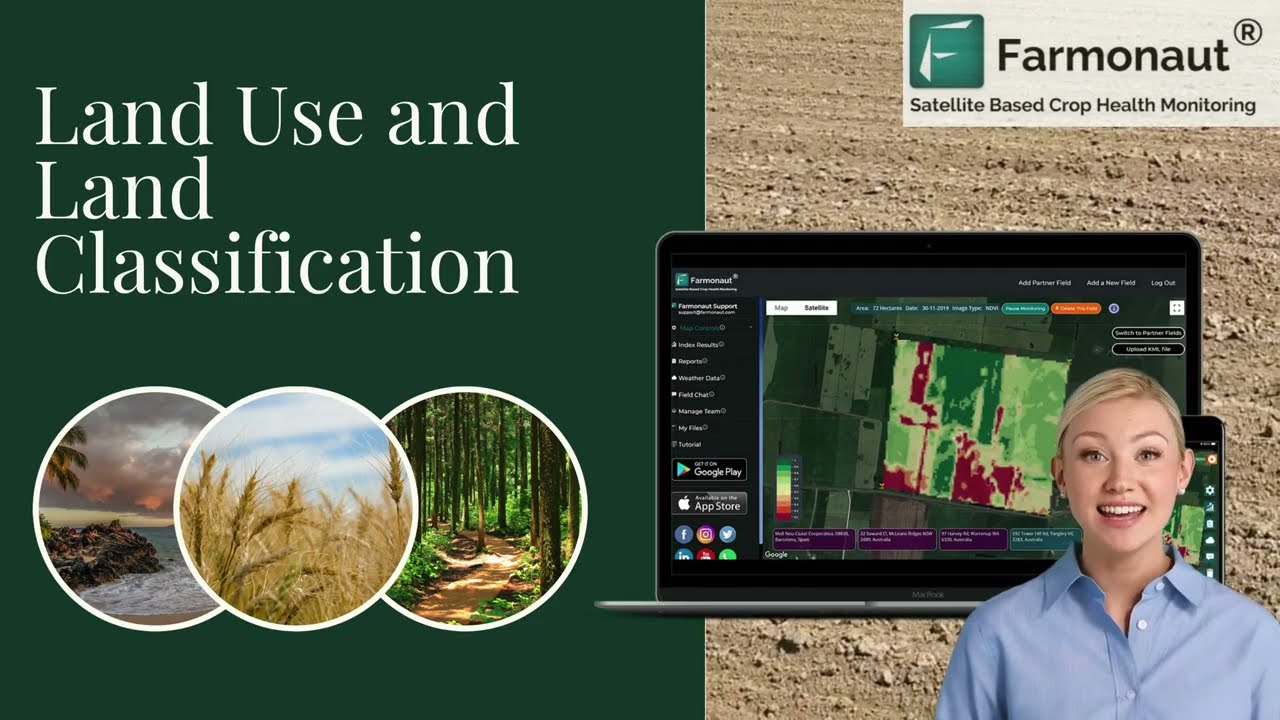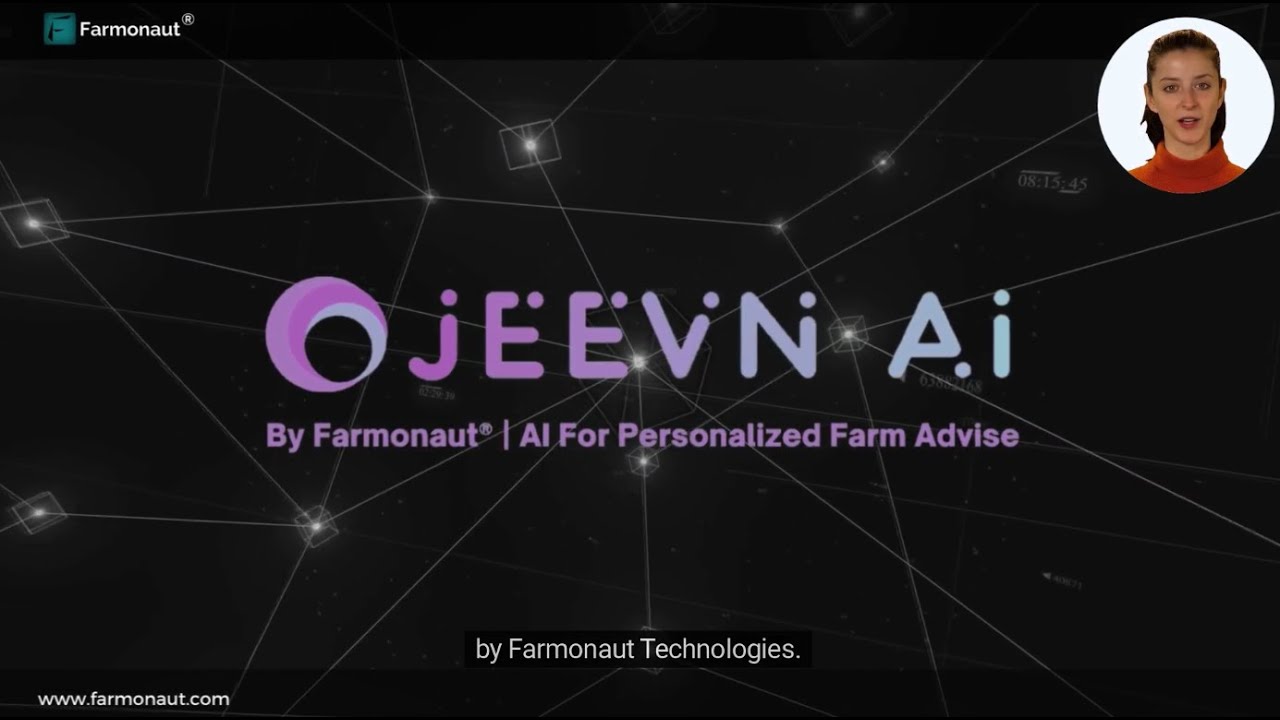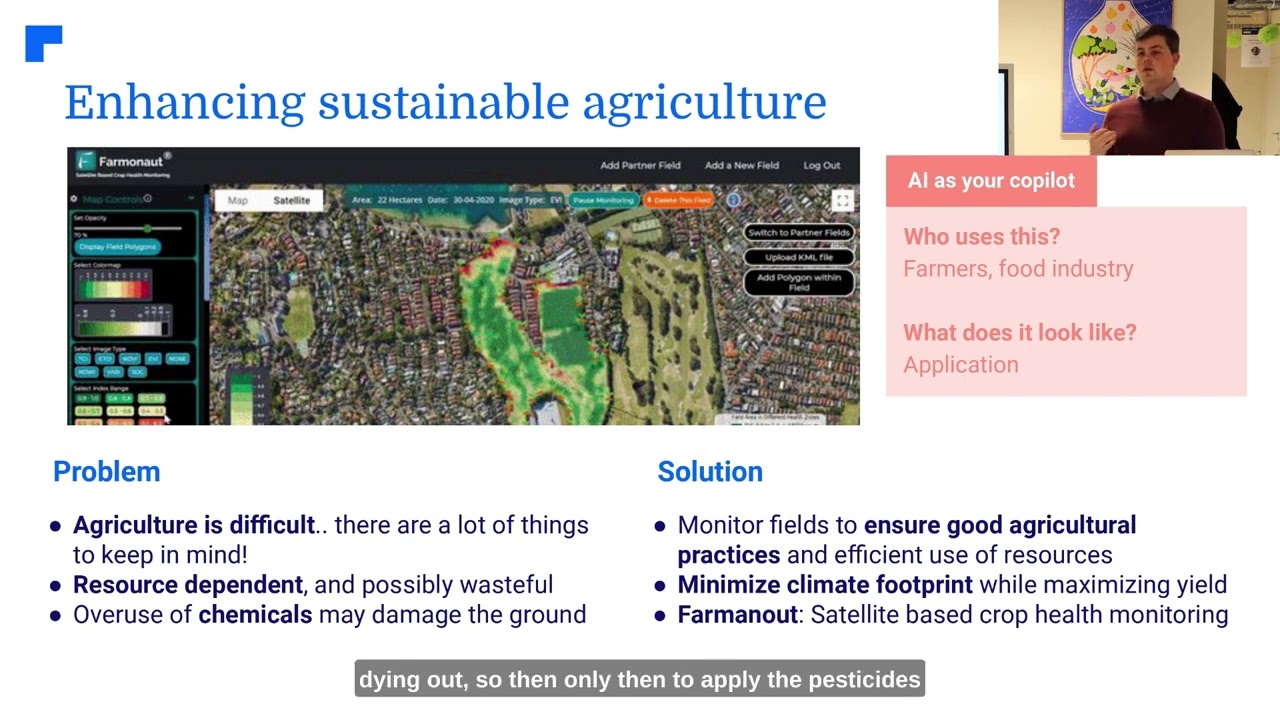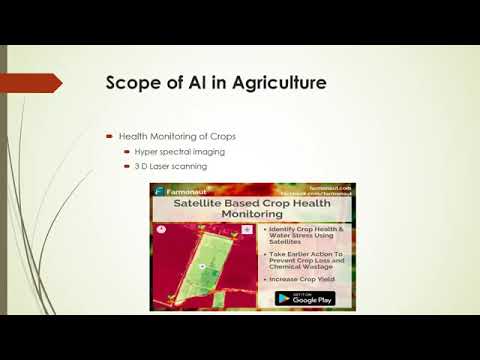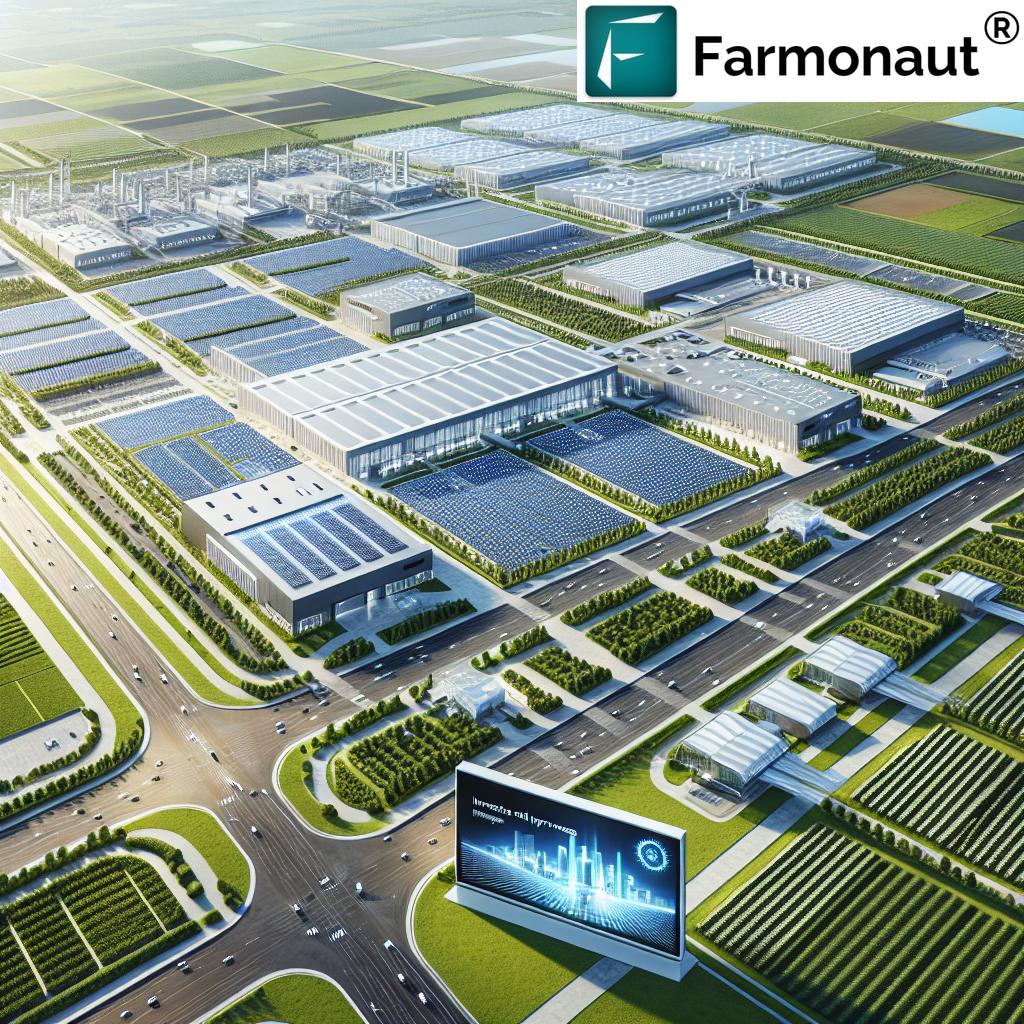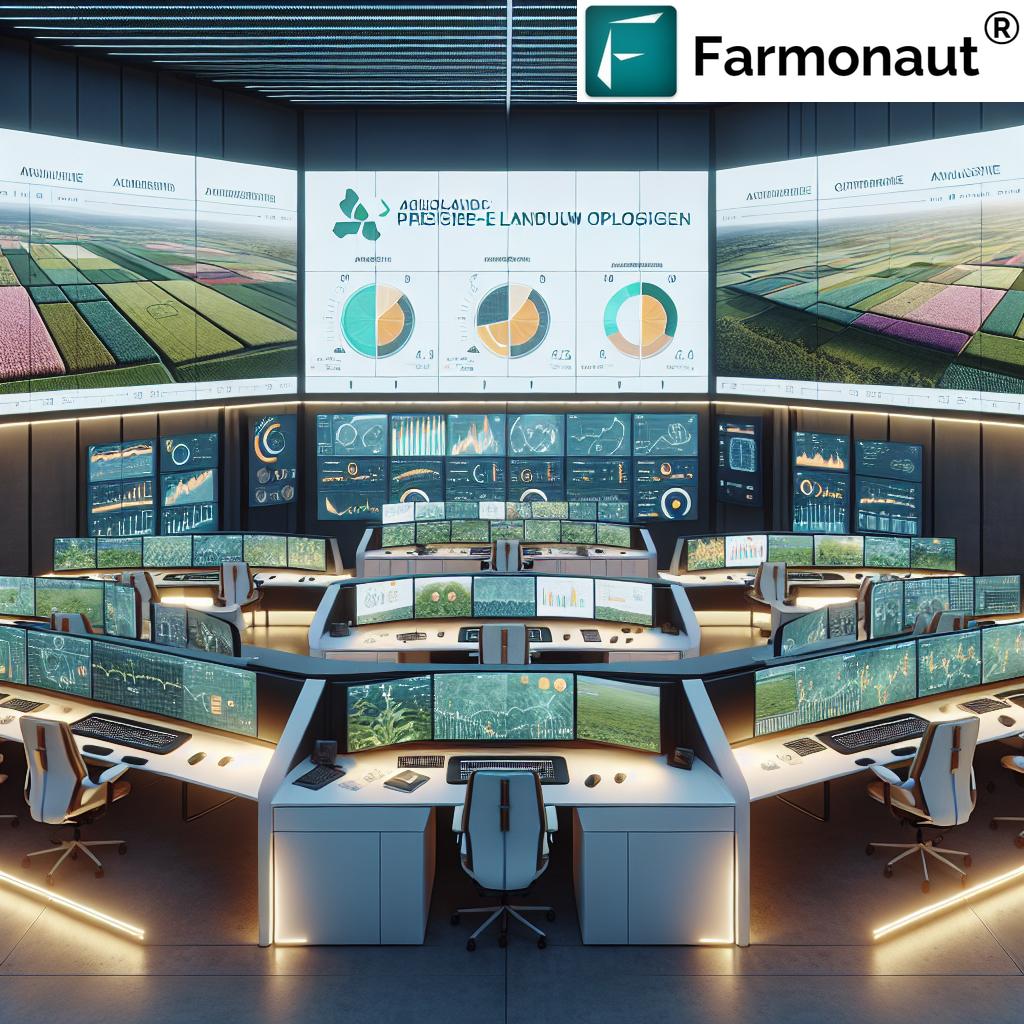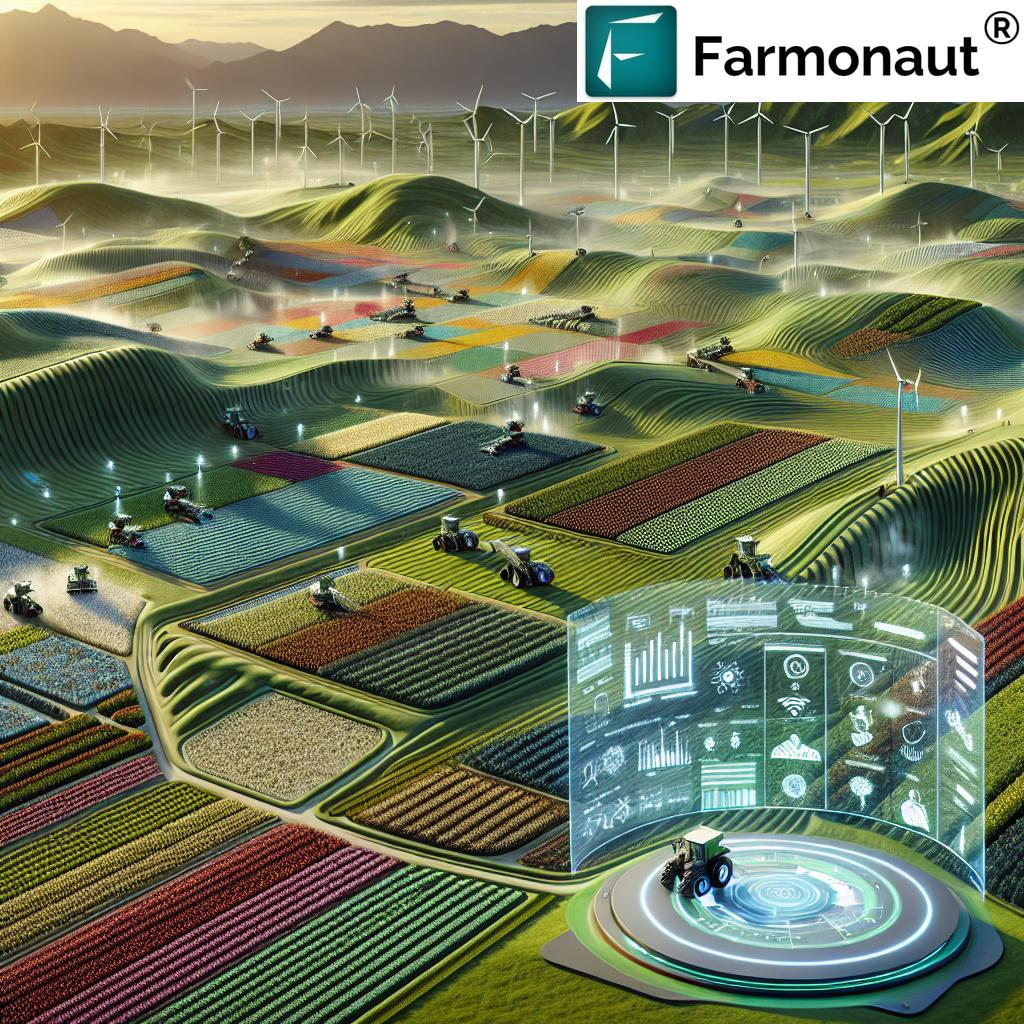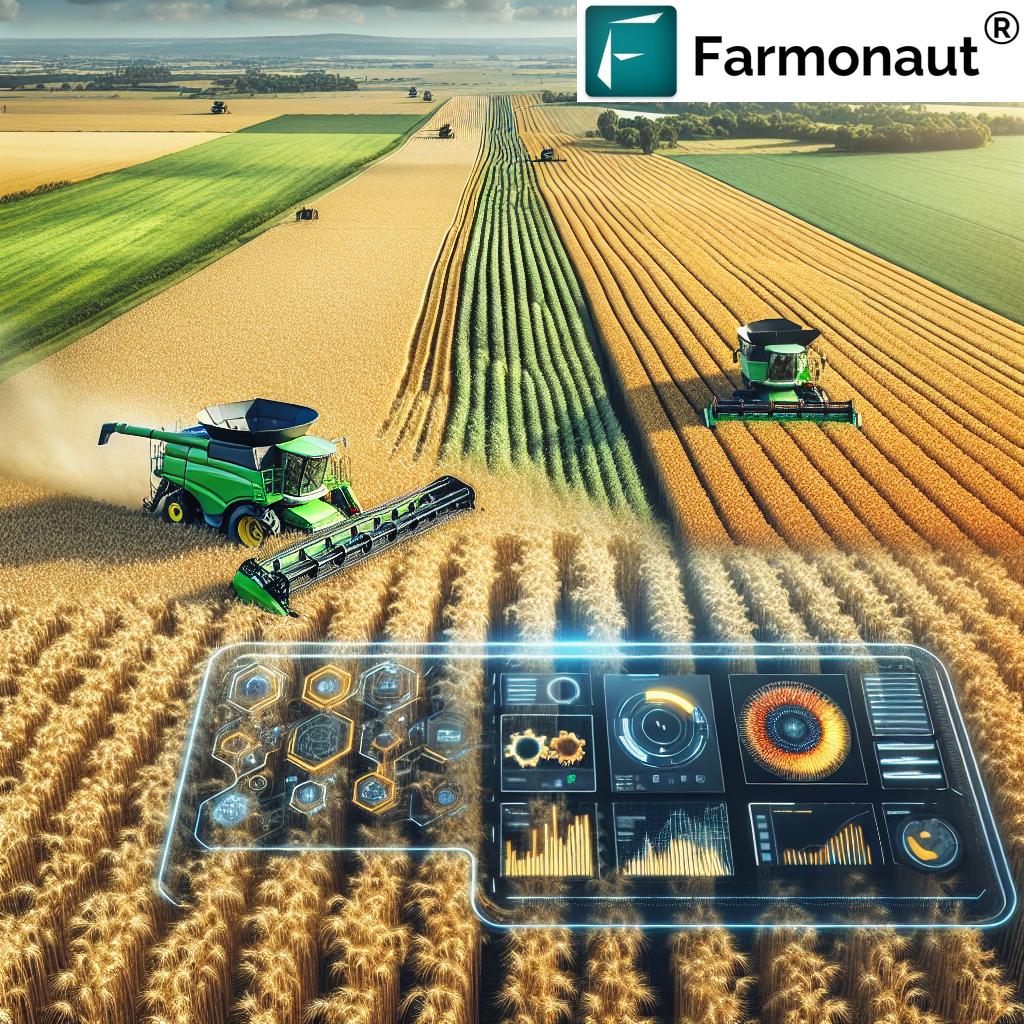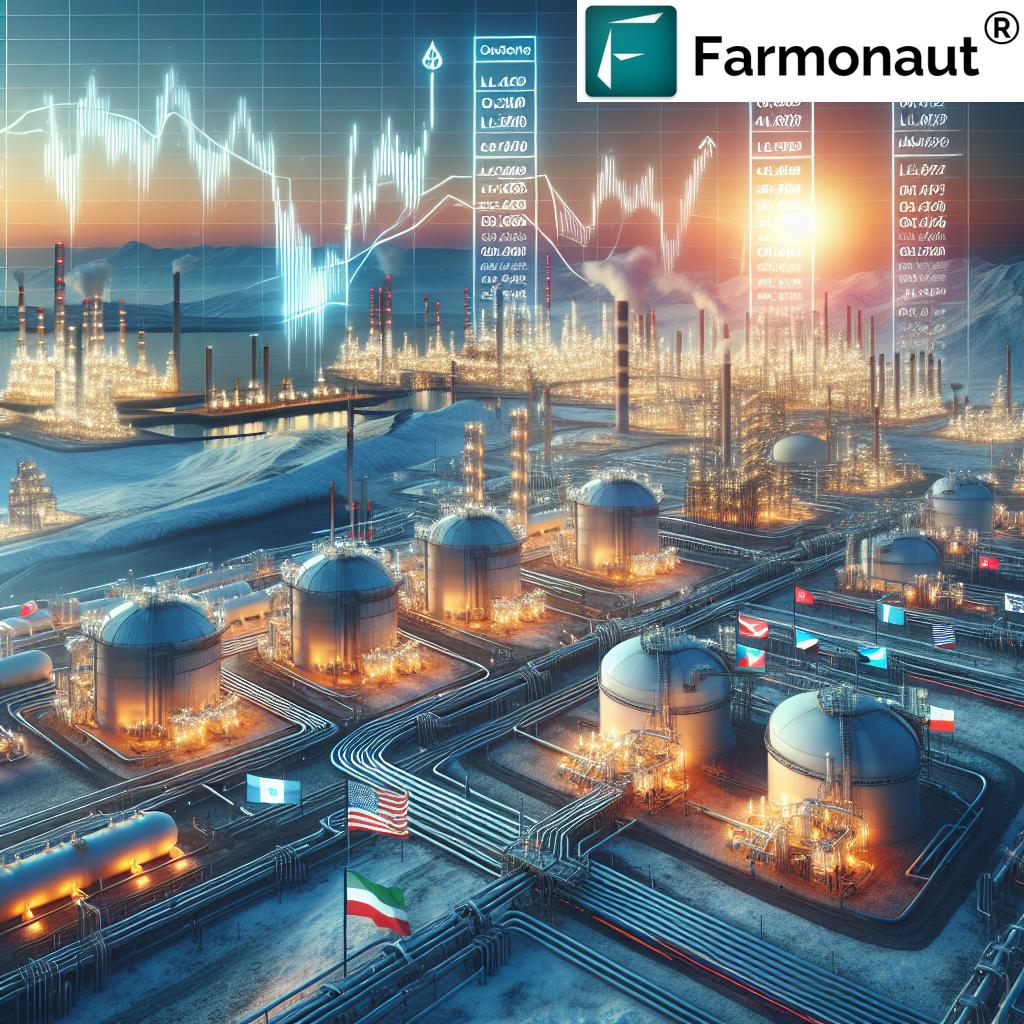7 Key Digital Engineering Trends Transforming Europe’s Industry
“Over 70% of European manufacturers have adopted Industry 4.0 solutions to enhance operational efficiency by 2023.”
Introduction: Europe’s Digital Engineering Revolution
In recent years, Europe has emerged as the global leader in digital engineering, setting new benchmarks across industries. Companies are scaling Industry 4.0 solutions with an unprecedented focus on smart manufacturing technologies, innovative product development, and leveraging cutting-edge digital intelligence. According to a 2025 ISG Provider Lens Digital Engineering Services report, European enterprises are outpacing other regions by integrating physical experience with digital intelligence, enhancing operational efficiency and delivering highly customized, data-driven solutions to their users.
This boom in digital engineering services Europe is not merely incremental—it is a transformation that is modernizing the entire industrial value chain. The adoption of virtual technologies, automated processes, and AI-driven intelligence is empowering organizations to streamline production, optimize lifetime asset management, guarantee traceability, and create groundbreaking, personalized products for customers. In this comprehensive analysis, we highlight seven key digital engineering trends that are revolutionizing the European industrial sector and shaping the future of global smart manufacturing.
From model-based systems engineering to advanced predictive maintenance solutions, Europe’s pioneering approach is inspiring industries worldwide. We invite you to explore these trends in-depth—gaining practical insights, strategic advice, and a clearer understanding of how to effectively leverage these capabilities within your operations.
Trend Comparison Table: 7 Key Digital Engineering Trends in Europe
| Trend Name | Brief Description | Estimated Industry Adoption Rate (%) | Impact on Productivity (% Increase) | Example Use Case in Europe |
|---|---|---|---|---|
| GenAI in Product Lifecycle | Automates design and testing, enabling hyper-personalised experiences and rapid prototyping. | 68 | 22 | German automotive manufacturers using GenAI for AI-driven vehicle customization. |
| Digital Twin Technology | Provides virtual replicas of industrial assets for predictive maintenance and real-time insights. | 56 | 26 | Industrial plants in France reducing downtime with digital twins. |
| Digital Thread | Connects and tracks product lifecycle data for organization-wide traceability and optimization. | 48 | 18 | Aerospace sectors in UK tracking aircraft parts from design to disposal. |
| Model-Based Systems Engineering (MBSE) | Integrates mechanical, electrical, electronic, and software disciplines for complex product design. | 51 | 21 | Automotive providers in Italy optimizing e-mobility designs using MBSE. |
| Predictive Maintenance Solutions | Uses AI and IoT for maintenance forecasts, reducing unplanned downtime. | 62 | 19 | Energy companies in Spain implementing predictive analytics for turbines. |
| Automated Production Processes | Streamlines manufacturing workflows through automation and robotics. | 75 | 28 | Factories in Netherlands deploying smart robots for assembly lines. |
| AI-Driven Hyperpersonalization | Delivers customized customer experiences by analyzing and generating outcomes from big data. | 43 | 16 | Retailers in Sweden using AI to personalize digital shopping. |
“Europe’s digital engineering market is projected to reach €60 billion by 2025, leading global smart manufacturing innovation.”
1. GenAI: Accelerating Product Development and Customization
Europe’s embrace of Generative AI (GenAI) is rapidly transitioning from experimentation to full-scale execution across the entire product development lifecycle. European industries are leveraging GenAI for automating design, simulating manufacturing processes, creating synthetic data for advanced model testing, and optimizing outcomes to specific customer requirements.
- Automation: GenAI enables automated generation of design alternatives, reducing development time while enhancing creativity.
- Personalization: By analyzing customer and operational data, GenAI supports hyperpersonalized product experiences, creating models tailored to diverse user requirements.
- Testing: The use of synthetic data in testing and optimization improves the accuracy of simulations, reducing risk in real-world implementations.
Example: Leading automotive industries in Germany are now using GenAI in collaborative platforms to conceptualize, test, and validate new electric vehicle architectures, speeding up both R&D processes and time-to-market.
The paradigm shift toward automated creation, decision-making, and value chain modernization driven by GenAI is pushing Europe to the forefront of industrial digital transformation.
2. Digital Twin Technology: Driving Virtual Asset Management
Digital twin technology has become a foundational element in modern European industry. By creating virtual replicas of physical assets, organizations are able to monitor operational efficiency, predict failures, and streamline processes. This strengthens the feedback loop between the physical and digital layers, enabling rapid decision-making based on real-time, data-backed insights.
- Real-Time Monitoring: Digital twins enable remote monitoring and diagnosis of equipment, facilities, and production lines, reducing the need for on-site interventions.
- Predictive Maintenance: By identifying trends and forecasting wear or breakdowns, companies optimize maintenance schedules, minimize unplanned downtime, and extend asset lifecycles.
- Virtual Asset Management: Organizations can simulate changes or upgrades in a digital environment before implementing them physically, reducing costs and improving safety.
Example: Manufacturing companies in France have implemented digital twin models to monitor plant performance, resulting in significant reductions in equipment downtime and production bottlenecks.
Explore Farmonaut’s Fleet Management services, which allow effective digital tracking and resource optimization for large-scale agricultural operations—central to virtual asset management in smart farming.
3. Digital Thread: Enabling Traceability Across the Value Chain
The concept of the digital thread weaves together data and processes across the entire product lifecycle. In Europe’s industrial context, this provides organizations with full traceability of product data—from initial design and development to manufacturing, maintenance, and recycling.
- Lifecycle Data Integration: The digital thread links disparate systems, enables seamless flow of information, and enhances collaboration.
- Regulatory Compliance: Full-chain visibility ensures that products meet stringent European regulations for quality, safety, and sustainability standards.
- Predictive Insights: By analyzing value chain data, companies proactively address issues, optimize supply chains, and manage risk.
Example: The UK’s aerospace industry uses digital thread solutions to track each aircraft component with granular detail, from design to decommissioning—improving safety and compliance.
For sectors such as agriculture, Farmonaut’s blockchain-based product traceability tools set a new standard. They boost transparency and trust by tracking goods from farm to table, supporting both operational efficiency and compliance in a transparent, secure manner.
4. Model-Based Systems Engineering (MBSE): Integrating Complex Disciplines
The shift towards model-based systems engineering (MBSE) is driving the design of increasingly complex, smart, and integrated products in Europe’s key sectors, such as automotive and manufacturing. MBSE unifies mechanical, electrical, electronic, and software engineering disciplines into a single collaborative platform for better product innovation.
- Complexity Management: MBSE simplifies the orchestration of multidisciplinary teams and massive data sets.
- Rapid Prototyping: Engineers create, validate, and optimize models before actual production, reducing cycle time and cost.
- Enhanced Collaboration: Real-time data sharing accelerates feedback loops and supports continuous improvement.
Example: Italian e-mobility manufacturers utilize MBSE approaches to synchronize multi-disciplinary design teams for faster, safer electric vehicle development.
Agrifood corporates and cooperatives can also gain from MBSE-inspired systems thinking, streamlining their processes—from plantation to logistics—via digital engineering.
5. Predictive Maintenance Solutions: Enhancing Operational Efficiency
Adopting cutting-edge predictive maintenance solutions is helping European industries minimize costly downtime and extend asset lifecycles. Through smart deployment of sensors, IoT devices, and AI analytics, organizations can predict performance issues before they escalate.
- Data Collection & Analytics: Sensors and edge devices capture real-time operational data, which is then analyzed for actionable predictive insights.
- Condition-Based Monitoring: Maintenance is scheduled only when truly needed, not simply by predefined interval, saving resources and minimizing interruptions.
- Cost Reduction: Unexpected breakdowns are avoided, while maintenance budgets are optimized for maximum ROI.
Example: Spanish energy providers benefit from AI-driven predictive maintenance to monitor wind turbines and ensure continuous, reliable green energy generation.
In farming, Farmonaut’s large-scale farm management systems similarly leverage predictive analytics—enabling more efficient input allocation, crop care, and asset scheduling on vast agricultural areas.
6. Automated Production Processes & Smart Manufacturing
Europe leads the world in implementing sophisticated automated production processes and smart manufacturing technologies, crucial components of the Industry 4.0 revolution. Automation, robots, and AI work in concert to streamline production and cut labor-intensive workflows.
- Robotics & Machine Vision: Intelligent robots handle repetitive tasks and quality control on European assembly lines.
- Data-Driven Optimization: Machine learning algorithms continuously optimize workflows, reducing waste and defects.
- Agile Production: Automated systems allow rapid configuration changes for product personalization and customization, boosting market responsiveness.
Example: In the Netherlands, smart factories run highly automated, AI-driven production lines, adapting instantly to real-time customer orders and inventory levels.
Smart agriculture is also evolving with automation. Farmonaut’s AI-based farm advisory systems integrate field, crop, and environmental data for improved resource management and efficient, data-driven farm operations—hallmarks of agricultural Industry 4.0.
7. AI-Driven Intelligence: Hyperpersonalization and Value Creation
The emergence of AI-driven intelligence represents Europe’s boldest move towards hyperpersonalization and customer-centric value creation. AI models analyze big data from customers, machines, and supply chains, then orchestrate actions designed to produce optimal—and customized— outcomes.
- Customer Experience: AI powers personalized user interfaces, custom recommendations, and engagement strategies across digital touchpoints.
- Product Customization: Advanced algorithms design and configure products that meet individual customer requirements and operational needs.
- Outcome Optimization: AI systems identify trends, risks, and opportunities, driving continuous improvement along the entire industrial chain.
Example: Nordic retailers are leveraging AI for real-time, data-driven hyperpersonalization, increasing customer loyalty and brand value.
In agriculture, Farmonaut’s carbon footprint tracking solution uses data-driven insights to help businesses optimize sustainability outcomes, reduce environmental impact, and meet evolving customer demands.
Farmonaut: Bringing Digital Engineering to Agriculture
While the focus of Europe’s industrial digital transformation remains on sectors like automotive, aerospace, and manufacturing, similar digital engineering trends are transforming agriculture. Farmonaut is at the forefront, delivering advanced, affordable digital engineering solutions for the global agricultural community.
Key Technologies and Capabilities
- Satellite-Based Crop Health Monitoring: Leverage multispectral data for vegetation health, soil moisture, and crop growth tracking—enabling precision farming and proactive decision-making.
- Jeevn AI Advisory: An AI-powered system for real-time farm management advice, supporting resource optimization and higher crop yields.
- Blockchain-Based Traceability: Strengthen supply chain transparency and consumer confidence by tracking product provenance via blockchain.
- Fleet & Resource Management: Utilize digital platforms for effective oversight of agricultural fleets, machinery, and logistical resources.
- Carbon Footprinting: Access real-time analytics for emission management and sustainable farming best practices.
All of these services are accessible through Farmonaut’s modern platform—compatible with browser, Android, and iOS devices—and available as easy-to-integrate APIs for agribusinesses and developers. This scalable, subscription-based approach ensures digital engineering benefits for farms of all sizes.
Farmonaut Business Model and Benefits
- Cost-Effective Access: Democratizing precision agriculture by eliminating the need for expensive hardware.
- Productivity Gains: Data insights drive better decisions, higher yield, and reduced input costs.
- Sustainability: Tools for carbon tracking, efficient resource usage, and eco-friendly compliance.
- Transparency: Empowering users with blockchain-verified supply chain intelligence.
- Access to Financing: Streamlined crop loan and insurance verification via satellite imagery and remote sensing.
- Scalability and Flexibility: Modular service tiers that support small farms, agribusinesses, government programs, and research institutions.
To experience Farmonaut’s agriculture-focused digital engineering capabilities and crop insurance verification services, explore the Crop Loan and Insurance product page.
Developers and organizations seeking advanced integration can access Farmonaut’s API here and explore the detailed API developer documentation
here.
Frequently Asked Questions
-
What is digital engineering, and why is Europe leading in its adoption?
Digital engineering refers to the use of integrated digital technologies—such as AI, GenAI, digital twins, MBSE, and automation—to transform industrial product lifecycles from design through production and support. Europe is a leader due to strong Industry 4.0 initiatives, robust regulatory frameworks, strategic investments in technology, and a mature provider ecosystem. -
What is the significance of Industry 4.0 solutions?
Industry 4.0 solutions integrate automation, smart data, connectivity, and advanced manufacturing processes to modernize traditional industries. This enhances productivity, operational efficiency, and the ability to deliver customized experiences. -
How does digital twin technology benefit European industries?
Digital twin technology enables real-time, virtual monitoring of assets, predictive maintenance, and operational optimization. It supports reduced downtime, longer asset lifespans, and more efficient production processes. -
What is MBSE, and which industries benefit most from it?
MBSE—or model-based systems engineering—combines multiple engineering disciplines to streamline complex product development. It is especially beneficial for automotive, aerospace, and manufacturing industries managing integrated, smart, and data-intensive products. -
What makes Farmonaut’s solutions unique?
Farmonaut offers subscription-based, satellite-driven digital agriculture tools that combine remote sensing, AI advisory, blockchain traceability, carbon tracking, and resource management. The platform democratizes digital engineering benefits, making precision agriculture accessible to all. -
How can organizations and developers use Farmonaut’s technology?
Farmonaut services are accessible via browser, Android, iOS app, and API. Enterprises and developers can integrate crop and weather data into proprietary systems for digital transformation, using the API and detailed documentation provided on Farmonaut’s website. -
What are the benefits of blockchain-based traceability for agriculture?
Blockchain provides transparent, secure tracking of agricultural products through every stage in the supply chain. This reduces fraud, assures quality, meets government regulations, and increases consumer trust.
Conclusion
Europe’s rapid growth in digital engineering services, Industry 4.0 solutions, and smart manufacturing technologies has positioned the region as a global hub for industrial innovation. By integrating GenAI, digital twins, digital threads, MBSE, predictive maintenance solutions, and AI-driven personalization into their operations, European industries are enabling greater operational efficiency, faster development, and unmatched customization for users. This digital transformation is not just affecting traditional sectors—pioneers like Farmonaut are extending these benefits to agriculture, giving farmers and agribusinesses access to powerful, data-driven insights, operational traceability, and sustainable growth.
As we progress toward 2025, the convergence of digital and physical experience will continue to modernize the entire value chain—from concept through after-sales support—empowering users across Europe and beyond with unprecedented efficiencies and opportunities.
Ready to transform your agricultural operations with advanced digital engineering? Try Farmonaut now!






